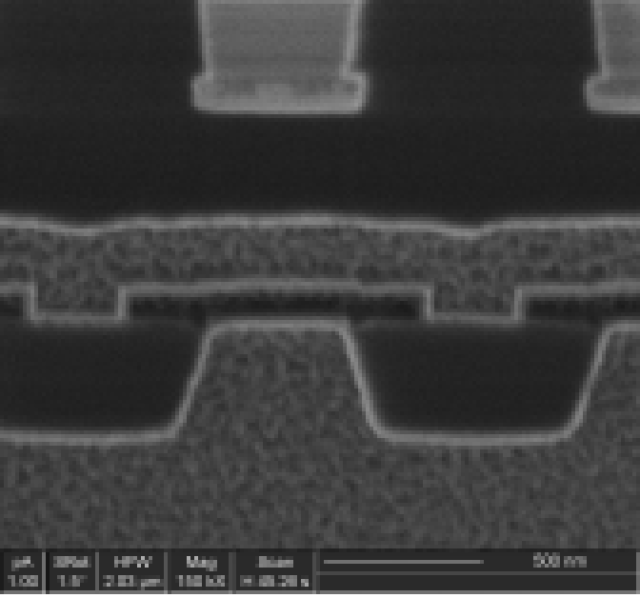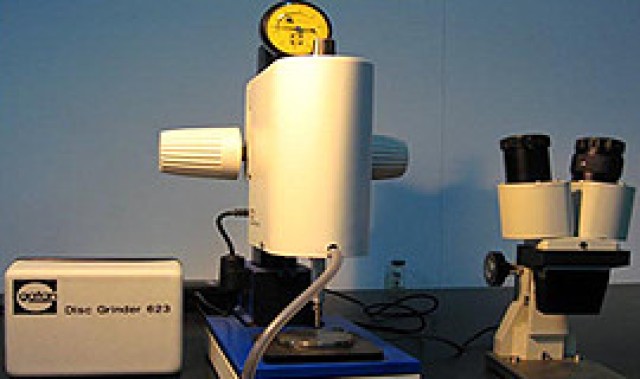
Fib临床意义
- FIB量测
- 2024-03-28 09:52:20
- 641
纳瑞科技(北京)有限公司(Ion Beam Technology Co.,Ltd.)成立于2006年,是由在聚焦离子束(扫描离子显微镜)应用技术领域有着多年经验的技术骨干创立而成。
Fibrosis is a pathological condition characterized by the accumulation of fibrous tissue in the affected area, which can lead to the development of chronic fibrosis. Fibrosis is a common condition that can occur in various diseases, including chronic obstructive pulmonary disease (COPD), lung cancer, and fibrosis of the liver and kidneys.

The clinical significance of fibrosis is that it can have a serious impact on the health and quality of life of patients. Fibrosis can cause chronic pain, shortness of breath, and fatigue, which can impact a patient's ability to perform daily activities. Fibrosis can also lead to the development of complications, such as lung failure and kidney failure, which can be life-threatening.
In COPD, fibrosis is a major complication that can occur in many patients. COPD is a chronic lung disease that can cause shortness of breath, coughing, and wheezing. Fibrosis in COPD can lead to the development of chronic obstructive lung disease (COPD), which can further worsen the symptoms of the disease. Fibrosis can also increase the risk of respiratory failure, which can be life-threatening.
In addition to COPD, fibrosis can occur in other types of lung cancer, such as small cell lung cancer. Small cell lung cancer is a aggressive type of lung cancer that can spread quickly to other parts of the body. Fibrosis in small cell lung cancer can lead to the development of lung failure, which can increase the risk of death.
Fibrosis can also occur in the liver and kidneys, which can lead to complications such as liver failure and kidney failure. Fibrosis in the liver can lead to the development of cirrhosis, which can increase the risk of liver failure. Fibrosis in the kidneys can lead to the development of chronic kidney disease, which can increase the risk of kidney failure.
The treatment of fibrosis can be challenging, and the choice of treatment will depend on the underlying cause of the fibrosis. In COPD, the treatment of fibrosis is typically focused on managing the symptoms of the disease, such as shortness of breath and chronic pain. In other types of lung cancer, such as small cell lung cancer, the treatment of fibrosis may include surgery, chemotherapy, and radiation therapy. In the liver and kidneys, fibrosis may require a liver transplant or kidney transplant.
In conclusion, fibrosis is a pathological condition that can have serious consequences for patients. Fibrosis can lead to the development of chronic pain, shortness of breath, and fatigue, and can increase the risk of complications such as lung failure and kidney failure. The treatment of fibrosis can be challenging, and the choice of treatment will depend on the underlying cause of the fibrosis. If you suspect that you or someone you know may have fibrosis, it is important to speak with a healthcare provider as soon as possible.









